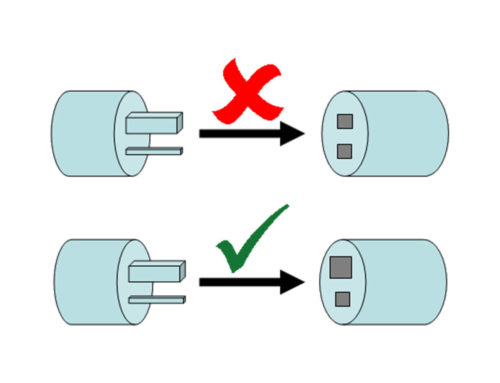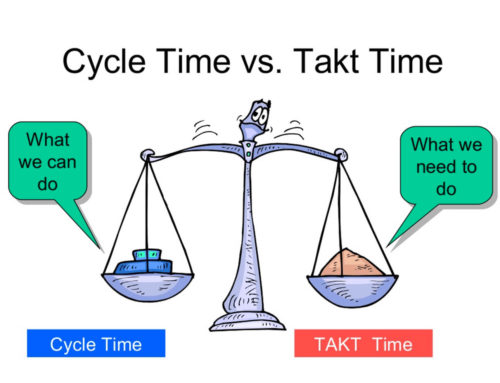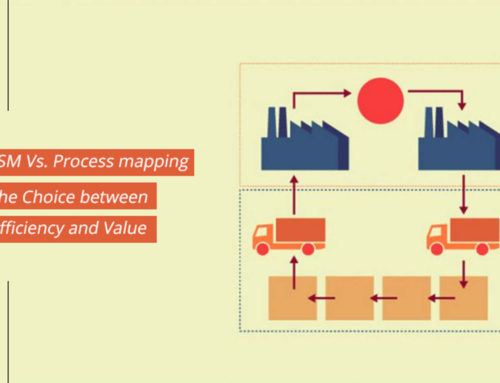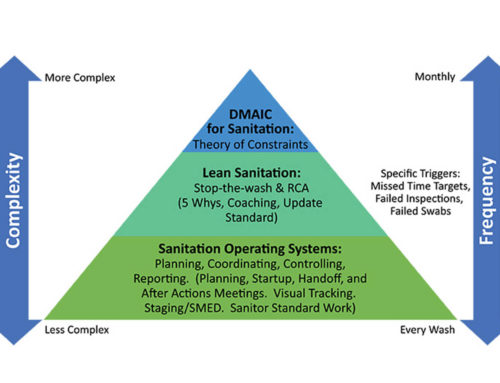Everything in a business is majorly impacted by the culture of its organisation. A variety of elements such as work environment, company mission, value, ethics, expectations and goals are part of company culture. In case of the food and drink industry, food safety is part of that culture, potentially making or breaking a business. Food safety culture is therefore need of an hour considering the growing demand of food which is not only branded but also safe for consumption.
Digital social-media exposure makes a consumer aware about the right choices and provides plethora of mediums to condemn the dissatisfaction towards a product. Indian regulatory bodies are taking all the right steps to make sure food businesses implement best practices to ensure the safety. With the recent declaration of the first ‘World Food Safety Day’ on 7th June, 2019 by World Health Organisation (WHO), it appears that food industry is going to shape its future with special consideration to the consumers’ health and safety.
What is Food Safety culture?

Across the food industry, food safety in organizational culture is inconsistently implemented. Some businesses have strategic risk management and an effective system in place, along with competent leadership, staff who recognise its importance and are sincerely responsible. Moreover, some businesses might just deny the potential risks, cut corners and either actively deny or underplay the potential health risks, reputational damage, and threat to the business that food safety failings can inflict.
When we take the Indian scenario of organisational culture, with specific focus on food business sector, there are three types of cultures based on power, roles and task, to demonstrate how workers can be empowered and responsible towards food hygiene and safety and the way for how culture can be transformed.
Power-Based cultures: Power-based culture predominates in many Indian Food Business start-ups, where power is held by just a few individuals spreading the influence. Employees are generally judged by what they achieve rather than how they perform things, which can favour quick decision-making, even if it is against the interest in long-term.
Role-Based cultures: This culture is common in much established businesses where title and individual personality drives the authority, power and resources representing a pyradimic structure; wherein particular decision needs are unidirectionally passed from top. Employees are not empowered to take charge when situation demands. Eventually being demotivated to proactively solve problems, it leads to disengagement. A typical case of “not my problem” attitude emerges.
Task based cultures: Being an ideal culture, it garners the best interest from the team to solve and manage problems by employing best of what team collectively embarks thereby encouraging person’s growth and recognition. Power, status and reward arise from group accomplishment, rather than being ascribed to ‘heroic’ individuals. With regard to creating a culture change in terms of food hygiene and safety, it is clear that staff benefits from empowerment while supporting leadership efforts at improving practice.
Why Food Safety Culture is Good for your Business?
Food Safety Standard Authority of India (FSSAI) has launched food hygiene rating which is an online, transparent scoring and rating process. It aims to allow consumers to make informed choices about eat-out places. These choices can encourage businesses to improve their hygiene standards eventually reducing the incidence of food-borne illness. Having said that, Indian consumers have voice of their own to raise concerns with the safety of food being produced. It is always going to be relatively on any of the digital platform, thanks to the social media, the power for both positive and negative publicity cannot be underestimated. The following illustration demonstrate the food safety concerns among consumers.
Organisations having a food safety culture will always proactively ensure the conduct of good practices. In the absence of food safety culture, one can assume a high rate of customer complaints, disinterest of staff with poor pay-scale, high absentees and attrition rate. Not to mention ultimately the high turnover of staff increasing the repeated efforts required to train the staff. All this at a cost of unhygienic conditions, operational malpractices, food safety management systems will ultimately be ineffective. Repercussions in such cases are outbreaks of food-borne illness, damage to the company reputation, legal notices, which may finally lead to business closure.
What are the benefits of a Good Food Safety Culture?
A good food safety culture ensures commercial viability. High quality products produced by market-leaders offer reliability to customers, where food producers operate in the business to business sector, clients can be confident of their own protection as a supplier to the public. Enhancing food safety standards of one’s organisation requires engagement from the boardroom to distribution.
When it is evident for an employee that successful business will acquire higher remuneration, bring professional credibility, the staff retention will follow with improved morale. While staff is happier, capacity and productivity will improve thereby creating greater profitability.
How to build a Food safety culture?
Based on the study conducted by the Institute of Employment Studies, Food safety Culture is said to have following elements,
1. Priorities and Attitudes: Food business’s attitude towards food safety and the degree to which it is prioritised.
2. Perceptions and Knowledge of Food Hazards: Management, staff perception and knowledge of the hazards in food hygiene includes awareness of whether they are significant enough to justify requirements.
3. Confidence in Food Safety Requirements: The extent to which the business perceives the food hygiene regulations and requirements enough to be valid and effective.
4. Ownership of Food Safety Responsibilities: The extent to which a business sees food hygiene to be the responsibility of the regulator. Thus, adopting a reactive approach, versus accepting that the business should be taking the lead.
5. Competence: Knowledge and understanding of food safety hazards and associated risk management throughout the organisation.
6. Internal Leadership: The extent of clear and visible management commitment and leadership in food safety.
7. Employee Involvement: The extent of involvement, ownership and accountability for food safety of staff at all levels of a business.
8. Communications within Businesses: Levels of open communication and freedom to undertake challenges and discuss the practice.
In 2012, the Food Standards Agency released a Food Safety Culture Diagnostic Toolkit to help inspectors assess the Food Safety culture of SME’s. It categorises a businesses’ food safety culture in the following way:
· Calculative non-compliers
· Doubting compliers
· Dependent Compliers
· Proactive compliers
· Leaders
Each of these attitudes’ categories need to be dealt in a different way. Following is the illustrative framework of how the subject can be diagnosed and appropriate measures could be applied!
Conclusion:
It is evident, considering the complexity of organisational culture the incremental changes made from a measurable basis, are not impossible, that give results ensuring a successful longevity of food businesses and profile strength.
Where staff-expertise and commitment are concerned, their learning of transitions and contribution’s significance is as vital as their knowledge of what and when to do. A positive, qualitative learning culture delivers confidence to everyone while understanding their role; that compliance is feasible, without being obligated. Indian food regulatory demands such shift in creating intuitive trust on food safety rather than a forced requirement.








